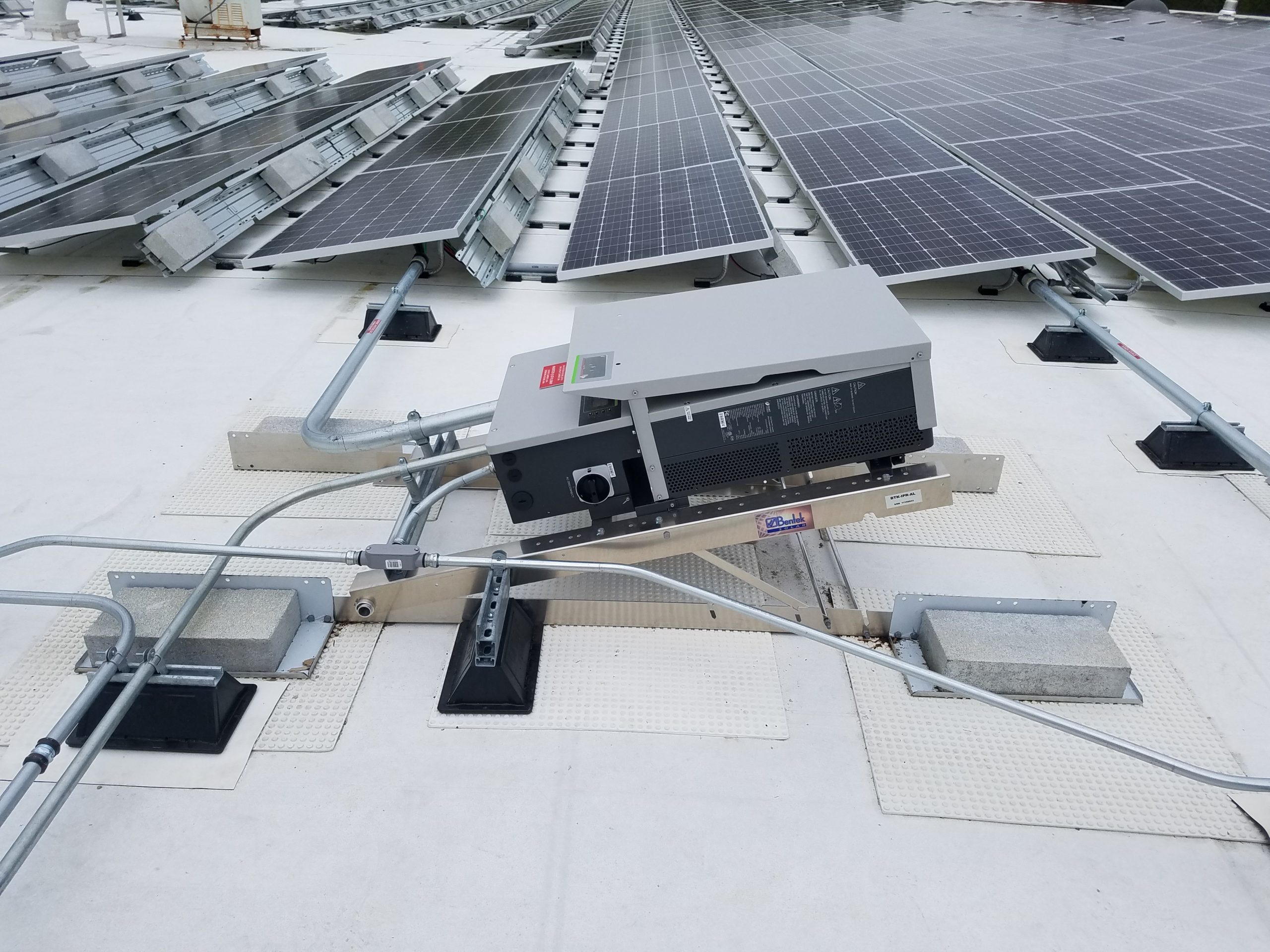
Planning Tips for Upgrading Your Inverter System
Investing in an inverter upgrade can significantly enhance your energy efficiency and overall power management. Explore these planning tips to ensure a seamless transition and maximize the benefits of your inverter system.
Assessing Your Energy Needs
Before diving into an inverter upgrade, it’s crucial to assess your energy needs. Consider the power requirements of your appliances and devices. An accurate assessment will guide you in choosing an inverter system that aligns with your energy consumption patterns, ensuring optimal performance and efficiency.
Understanding Inverter Types and Capacities
Inverters come in various types and capacities, including modified sine wave and pure sine wave inverters. Each type serves different applications, so understanding their distinctions is essential. Additionally, consider the inverter’s capacity in terms of watts to match it with your power requirements.
Compatibility Check with Existing System
If you’re upgrading an existing inverter system, compatibility is key. Check the specifications of the new inverter to ensure it seamlessly integrates with your current setup, including battery capacity and wiring. This compatibility check prevents issues and ensures a smooth transition during the upgrade.
Exploring Advanced Features
Modern inverters often come with advanced features that contribute to better energy management. Explore features such as built-in chargers, power factor correction, and remote monitoring capabilities. Choosing an inverter with advanced features enhances your overall power system functionality and control.
Evaluating Battery Health
Inverter systems are often paired with batteries for energy storage. If you’re upgrading, assess the health of your existing batteries. Consider investing in new, high-quality batteries to complement the upgraded inverter, ensuring optimal performance and a longer lifespan for your power storage solution.
Considering Future Expansion
Think about future energy needs and expansion possibilities when planning your inverter upgrade. Choosing a system with scalability allows you to expand your setup as your energy requirements grow. This forward-thinking approach ensures that your investment remains relevant and adaptable to future changes.
Budgeting for the Upgrade
Upgrading your inverter system is an investment, and budgeting is a crucial aspect of the planning process. Research the cost of different inverter models, installation services, and any additional components you may need. A well-defined budget helps you make informed decisions and avoid unexpected expenses.
Seeking Professional Installation Services
While some enthusiasts may opt for a DIY approach, professional installation is recommended for inverter upgrades. Certified technicians have the expertise to install the system safely, ensuring proper wiring, grounding, and compliance with electrical codes. Professional installation minimizes the risk of issues and ensures the system’s optimal performance.
Testing and Commissioning
Once the new inverter system is installed, thorough testing and commissioning are essential. Ensure that all components function as intended, and the system operates smoothly. Testing allows you to identify and address any potential issues before relying on the upgraded inverter for your daily power needs.
Regular Maintenance and Monitoring
After the upgrade is complete, establish a routine maintenance schedule. Regularly monitor the inverter system’s performance, check for any anomalies, and address issues promptly. Proactive maintenance prolongs the lifespan of your inverter and ensures continuous, reliable operation.
Inverter Upgrade Planning Tips: A Path to Enhanced Energy Efficiency
In conclusion, upgrading your inverter system is a strategic move towards enhanced energy efficiency and reliable power management. By following these planning tips, you can make informed decisions, avoid common pitfalls, and enjoy the full benefits of your upgraded inverter. For more insights and resources on inverter systems, visit Inverter Upgrade Planning Tips.




